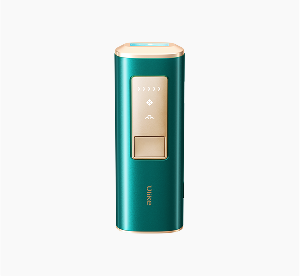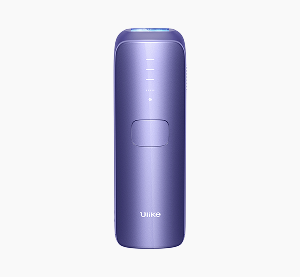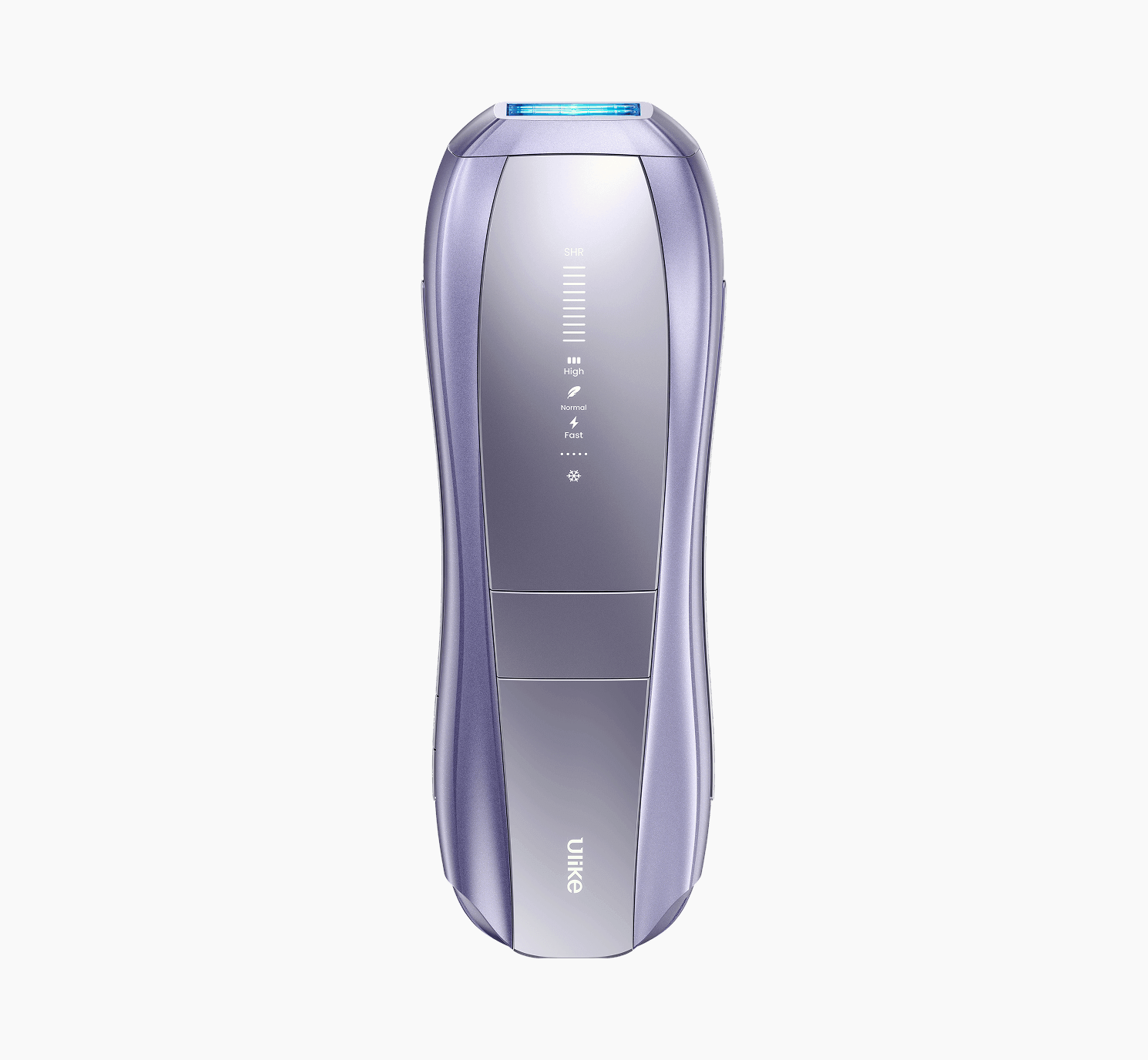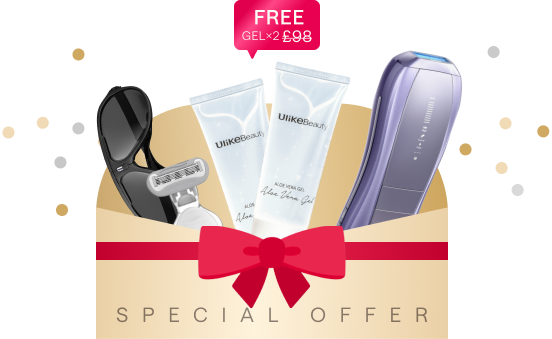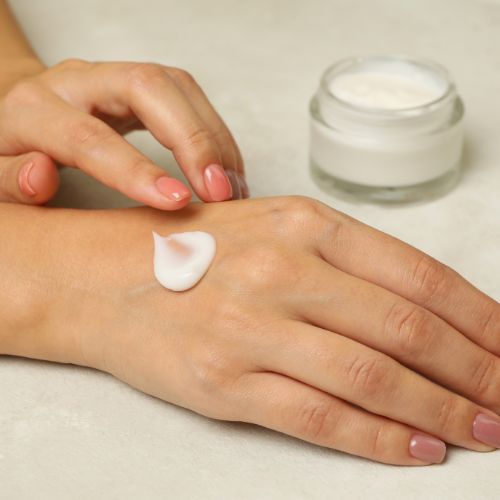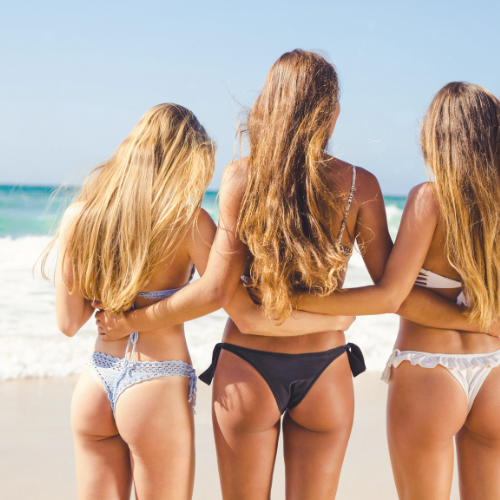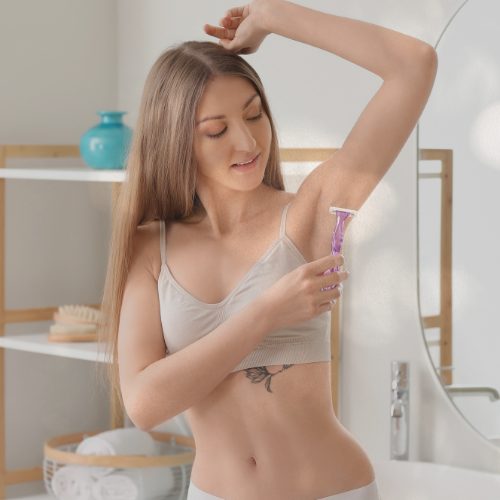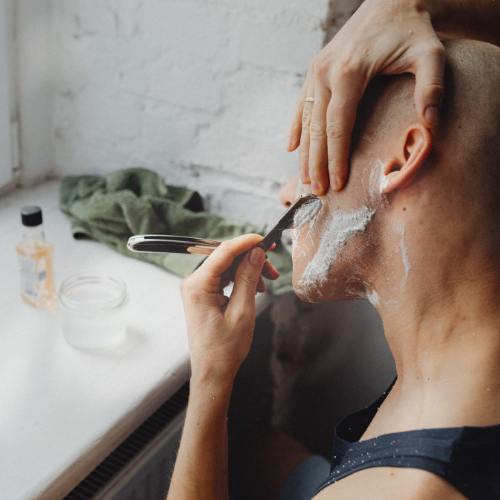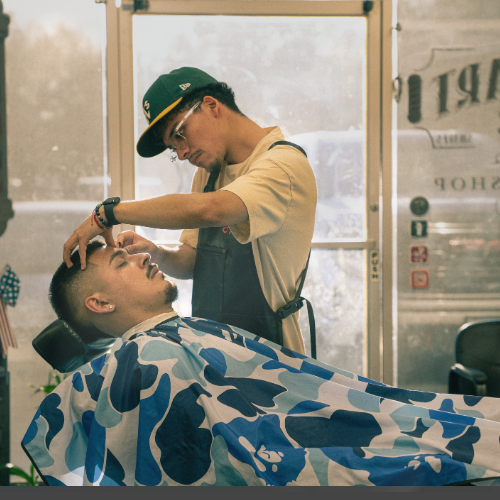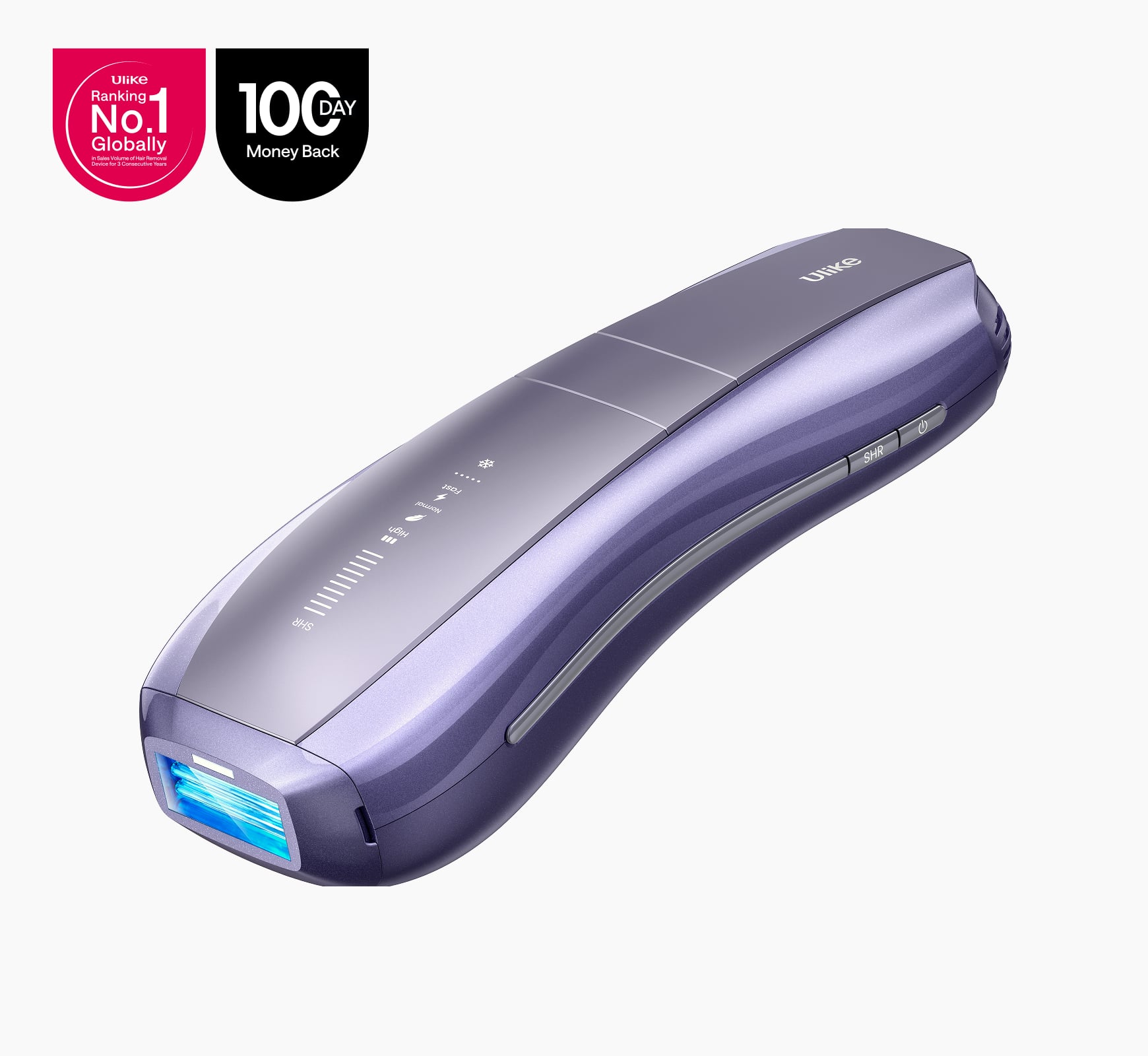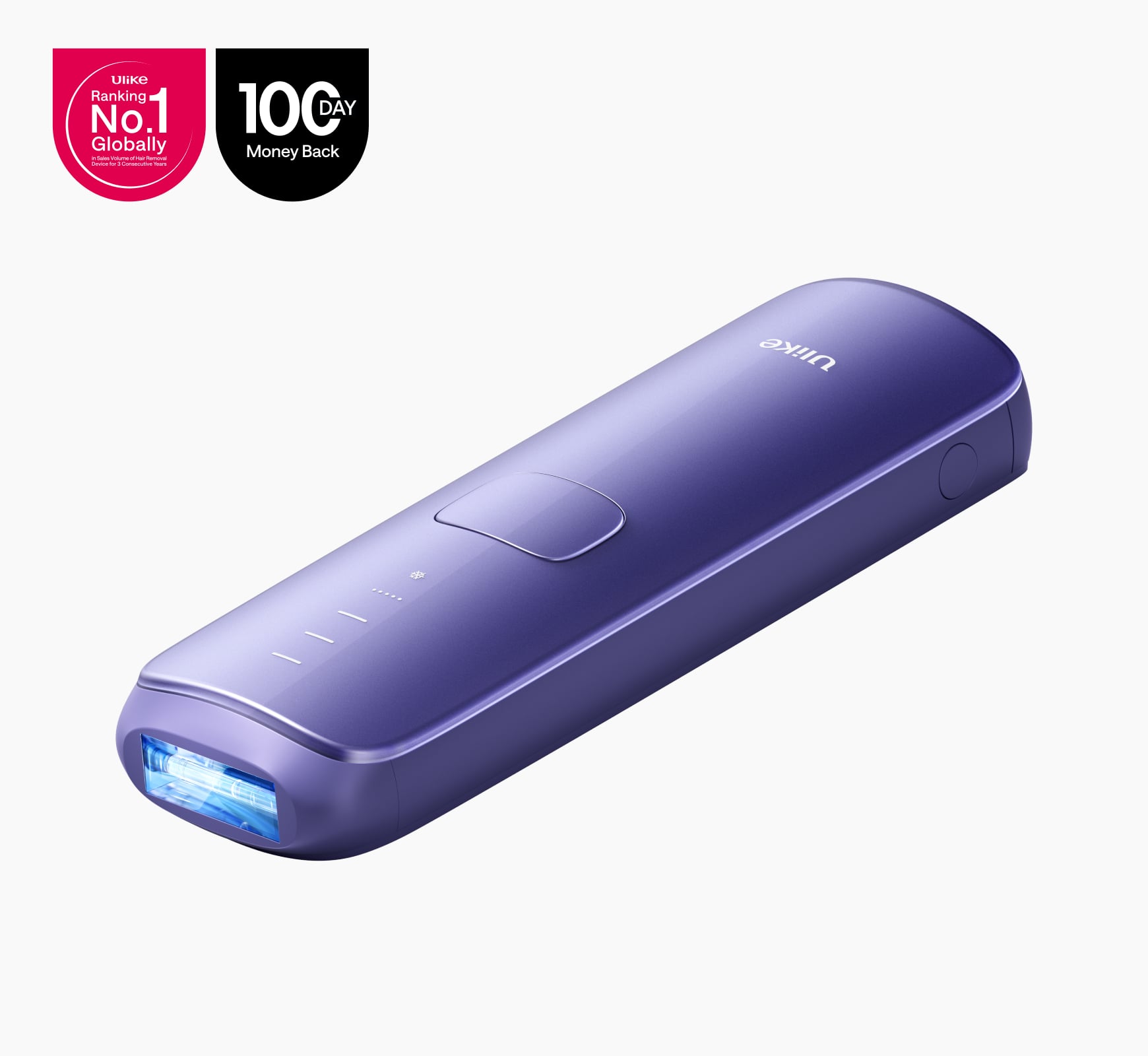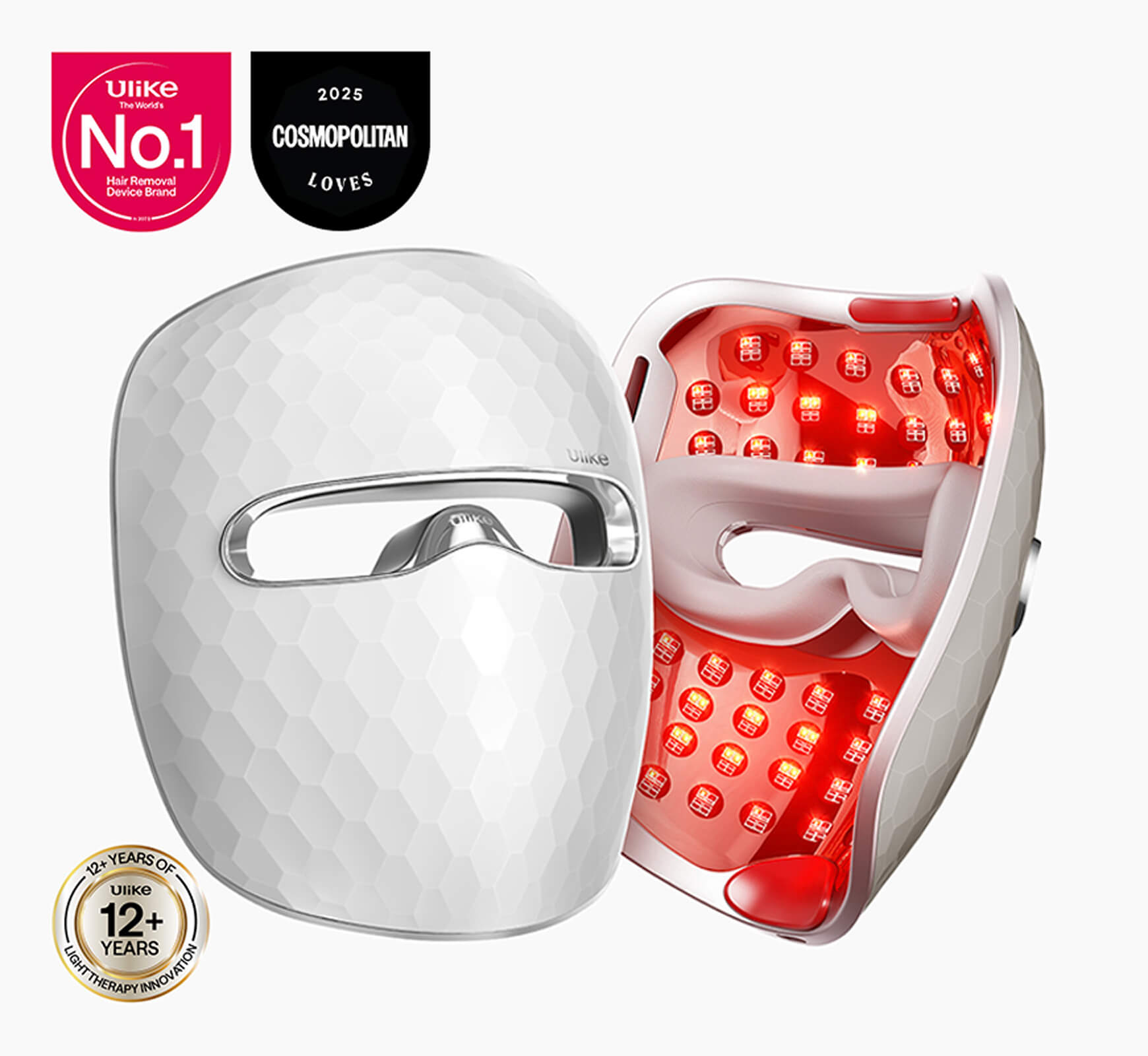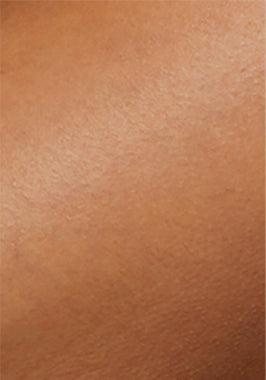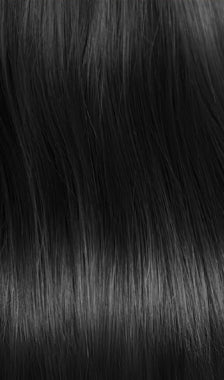PCOS Facial Hair: Causes, Treatments & Best Hair Removal Options
PCOS Facial Hair: Living with PCOS, or polycystic ovary syndrome, can be tough. It affects your hormones, your cycle, and sometimes even your mood. One of the trickiest parts for many women is facial hair. Those chin hairs that grow back thicker every time you pluck, or the shadow that shows up on your upper lip no matter how carefully you wax.
It might not be harmful to your health, but it can take a toll on how you feel about yourself. I know the frustration of checking your face in the mirror every morning, wondering if anyone else will notice.
This guide is here to make things a little easier. We’ll look at why facial hair happens with PCOS, the treatments doctors often recommend, and the different hair removal options you can actually trust. Along the way, I’ll share tips on looking after your skin and ways to feel more confident in your own face.

Why Does PCOS Cause Facial Hair?
One of the main reasons facial hair shows up with PCOS is hormones. More specifically, higher levels of androgens, which are often called male hormones. Women naturally have a small amount of these, but with PCOS the balance is off. That extra androgen can make hair grow in places it usually wouldn’t, like the chin, upper lip or sideburns.
The hair that grows is often darker and coarser than the fine “peach fuzz” most women have. That’s why it can feel like no matter how often you remove it, it comes back stronger.
Medically, this is called hirsutism. It’s not dangerous, but it can be really hard to deal with emotionally. According to the NHS, around 70 out of 100 women with PCOS will notice unwanted hair growth at some point. That’s a lot of us quietly battling with tweezers and razors every week.
It helps to remember this isn’t something you’ve done wrong. It’s simply how PCOS affects the body. The good news is there are treatments and techniques that can keep the hair under control and give you back a sense of confidence.

Medical & Lifestyle Treatments for PCOS Facial Hair
If facial hair feels like it’s taking over, you’re not alone. The important thing to know is that there are treatments that can help slow the growth and make it easier to manage. These usually come from your GP or an endocrinologist, since they focus on the hormone side of PCOS.
Medical options include:
- Oral contraceptives (the pill): These can help regulate your hormones and lower androgen levels, which may reduce hair growth over time.
- Anti-androgen medicines, like spironolactone: These block the effect of androgens on the hair follicles, making new growth finer and lighter.
- Eflornithine cream (often called Vaniqa): This is applied directly to the skin and works by slowing the rate of hair growth. It doesn’t remove existing hair, but it can help reduce how quickly it comes back.
It’s also worth looking at lifestyle changes that support hormone balance. Even small shifts can make a difference over time.
- Weight management: For some women, losing a bit of weight helps bring hormones back into balance and can reduce symptoms like excess hair.
- Diet tweaks: A diet rich in whole foods, plenty of vegetables, lean protein and low GI carbs can improve insulin sensitivity, which often links to PCOS.
- Regular activity: Exercise isn’t a cure, but it helps with hormone regulation and can improve your energy and mood too.
Of course, not every treatment suits every person. What works for your friend may not work for you, and that’s why it’s so important to chat with a doctor before trying new medication or big lifestyle changes.

Safe Hair Removal Options for PCOS Facial Hair
Many women still have to deal with facial hair on a daily basis, despite medical treatment. Selecting the appropriate removal technique is essential because PCOS hair can be difficult to remove. Every option has advantages and disadvantages, and what suits one individual may not suit another.
Shaving
Despite its unfavourable reputation, shaving is quick and safe. Hair can be removed in a matter of minutes with a clean razor and shaving gel. The drawback is that you will need to repeat it frequently because the results are short-lived. Stubbly ends can feel coarser because they are blunt, but the hair doesn't grow back thicker. That's a myth.
Waxing and Threading
Results are longer-lasting than shaving because both techniques remove hair from the root. Whereas threading is excellent for fine details around the upper lip, waxing covers larger areas like the chin or sideburns. The drawback is that they can aggravate skin that is sensitive or prone to acne, which is typical of PCOS. Select a mild wax and use calming skincare products if you frequently break out.
Epilators
Epilators are small, portable tools that remove multiple hairs at once. Although they work well and produce results that last longer, they can hurt, especially on sensitive facial skin. While some women swear by them, others would rather never set foot near one again.
Laser and IPL
For PCOS facial hair, laser and intense pulsed light (IPL) treatments are frequently the best long-term options. By attacking the hair's pigment, they harm the follicle and cause the hair to regrow more slowly and finely. Laser is typically more effective for coarse hair associated with PCOS than for lighter peach fuzz.
Although at-home IPL equipment has gotten cheaper in the UK in recent years, professional laser treatments can still be costly. Although they don't show results right away, you'll notice less regrowth if you use them consistently. Consider it an investment that will eventually result in fewer "emergency tweezer moments."
| Method | Pros | Cons |
|---|---|---|
| Shaving | Quick, painless, inexpensive | Needs frequent upkeep, stubble regrowth |
| Waxing | Removes hair from the root, smooth finish | Can irritate sensitive skin, painful |
| Threading | Precise, good for small areas | Time consuming, painful, best for small patches |
| Laser | Long term reduction, effective for coarse hair | Costly, multiple sessions needed, clinic visits |
| IPL (at home) | Convenient, more affordable than clinic laser | Requires consistency, not as powerful as professional laser |
Quick Skincare Tip
Whatever method you choose, pair it with gentle aftercare. Aloe vera gel or a fragrance-free moisturiser can calm redness and prevent irritation. It’s a small step, but it makes a huge difference for skin that’s already dealing with hormonal ups and downs
Skincare Tips After Hair Removal (Especially for PCOS Skin)
If you’ve got PCOS, chances are your skin is on the sensitive side. Many women also deal with acne, which makes aftercare just as important as the hair removal itself. A few small steps can help prevent irritation, spots, or those annoying red bumps.
Before you start:
Always cleanse your face first. Removing oil, makeup, and dirt means fewer chances of bacteria causing breakouts after you take the hair off.
Right after hair removal:
- Apply something soothing straight away, like pure aloe vera gel or a lightweight, fragrance-free moisturiser.
- Skip harsh toners or scrubs. Your skin is already a little stressed, so it needs calm, not more exfoliation.
- Avoid makeup for at least 12 to 24 hours, especially after waxing or laser. It gives your skin time to recover without clogging pores.
The next day:
- Use a gentle SPF if you’re heading out. Freshly treated skin is more sensitive to sunlight, and sunburn on top of irritation is the last thing you want.
Think of aftercare as part of the whole process. It’s not just about removing the hair, it’s about helping your skin bounce back smoothly and staying comfortable.

Makeup & Grooming Hacks to Manage PCOS Facial Hair
Makeup won’t remove facial hair, but it can make it far less noticeable. If you’re in between treatments, or just want a confidence boost for a night out, a few smart tricks can help soften the look of shadows or stubble.
Covering shadows: A colour-correcting concealer works wonders for that faint shadow on the upper lip or chin. A peach or orange-toned corrector can cancel out the dark tint before you add foundation.
Choosing the right base: Mineral powder foundations are a safe bet if your skin is acne-prone. They give decent coverage without clogging pores. If you prefer liquid foundation, go for an oil-free formula and apply with a light hand. Heavy layers can actually make hair look more obvious.
Framing the face: Shaping your brows or keeping them neat can draw attention upwards and balance the face. It sounds simple, but good brows can shift focus away from areas you feel less confident about.
End of the day matters too: Always remove your makeup properly. A gentle cleanser is best, and if your skin can handle it, a double cleanse will make sure no product is left behind. This helps avoid flare-ups that PCOS skin can be prone to.
The goal here isn’t to hide yourself, but to use makeup as a tool to feel more polished and in control when you want to.

Coping With the Emotional Side of PCOS Facial Hair
Facial hair with PCOS isn’t just a “cosmetic issue”. It can really chip away at how you feel about yourself. Many women describe checking the mirror constantly or feeling nervous that others will notice. It’s exhausting, and it can take a quiet toll on your confidence.
First, it’s important to remember you’re not alone. Around 70 percent of women with PCOS experience unwanted hair, yet it’s something most of us rarely talk about. Social media filters and glossy magazine photos don’t help either. Comparing yourself to an airbrushed image is a bit like comparing your morning coffee to a Starbucks advert. It’s never a fair match.
Here are some ways to cope:
- Shift your perspective: Managing PCOS facial hair is about choice, not shame. Whether you remove it, reduce it, or leave it be, the decision is yours.
- Build a self-care routine: Skincare, exercise, journaling, or even a weekly pamper night can help you focus on more than just the hair.
- Seek support: Online groups and local support networks can make a huge difference. Talking with women who get it can feel like lifting a weight.
PCOS can affect your body in many ways, but your worth and beauty don’t disappear because of a few coarse hairs. Confidence comes from owning your choices and finding a routine that works for you.

FAQs About PCOS Facial Hair
Can PCOS facial hair go away?
Not on its own. Because the cause is hormonal, the hair usually needs to be managed with treatment or removal methods. Some women see less growth if their hormones settle with age, medication, or lifestyle changes, but most find it’s an ongoing symptom.
Can PCOS make you grow facial hair?
Yes. PCOS often leads to higher levels of androgens, or “male hormones”. These hormones can trigger hair growth in places where women don’t usually see it, like the chin, upper lip or jawline.
How to tell if facial hair is PCOS?
It’s not always easy to tell without a doctor’s input, since some women naturally grow more facial hair. With PCOS, the hair is usually darker and thicker, and it appears alongside other signs such as irregular periods, acne, or weight changes. If you’re unsure, it’s worth asking your GP for a check-up.
Is laser hair removal safe for PCOS?
Yes. Laser is one of the most effective options for the coarse, dark hair that comes with PCOS. You’ll likely need more sessions than someone without PCOS, but results are usually long-lasting with top-up treatments.
Can diet alone stop PCOS hair growth?
Diet can help balance hormones and improve insulin sensitivity, but it won’t remove existing hair. Think of it as one piece of the puzzle rather than the whole solution.
Is there a permanent solution?
Electrolysis is currently the only permanent method, but it takes time and can be uncomfortable. Laser and IPL are long-term solutions that reduce hair growth, though maintenance is often needed.
Does plucking make PCOS hair worse?
Plucking doesn’t cause new hairs to appear, but frequent plucking can irritate the skin. For the odd stubborn chin hair, tweezers are fine, but for larger areas it’s better to use other methods.
Can PCOS facial hair come back after laser or IPL?
Yes, it can. Because PCOS is a long-term condition, regrowth is possible, but it usually comes back finer and lighter. Occasional top-ups help maintain smooth skin.
At what age does PCOS hair growth start?
It often shows up in the late teens or early twenties, around the same time as irregular periods or acne. For some women, it can start earlier or later depending on hormone levels.
Is it normal to feel embarrassed about PCOS facial hair?
Absolutely. Many women feel self-conscious, but remember it’s a common symptom and not your fault. Talking about it and finding a routine that works for you can take away a lot of the stress.
Final Thoughts on PCOS Facial Hair
PCOS facial hair is incredibly common, even if it feels like nobody talks about it. The important thing to remember is that it can be managed. Between medical treatments, lifestyle changes, and safe hair removal methods, there are plenty of options to help you feel more in control.
What works best is usually a mix. Some women combine medication with laser, others stick to shaving and skincare, and some prefer a full treatment plan with their GP. There isn’t a one-size-fits-all answer, and that’s okay.
Most importantly, this is about choice. Whether you want to remove every hair or only tackle the ones that bother you most, the decision is yours. Confidence comes from having safe, reliable options and knowing you’re not alone in this.
If you’re ready to explore solutions, talk to your doctor and look into safe at-home tools designed for facial hair. A little consistency goes a long way, and with the right routine, you can spend less time stressing in front of the mirror and more time living your life.

